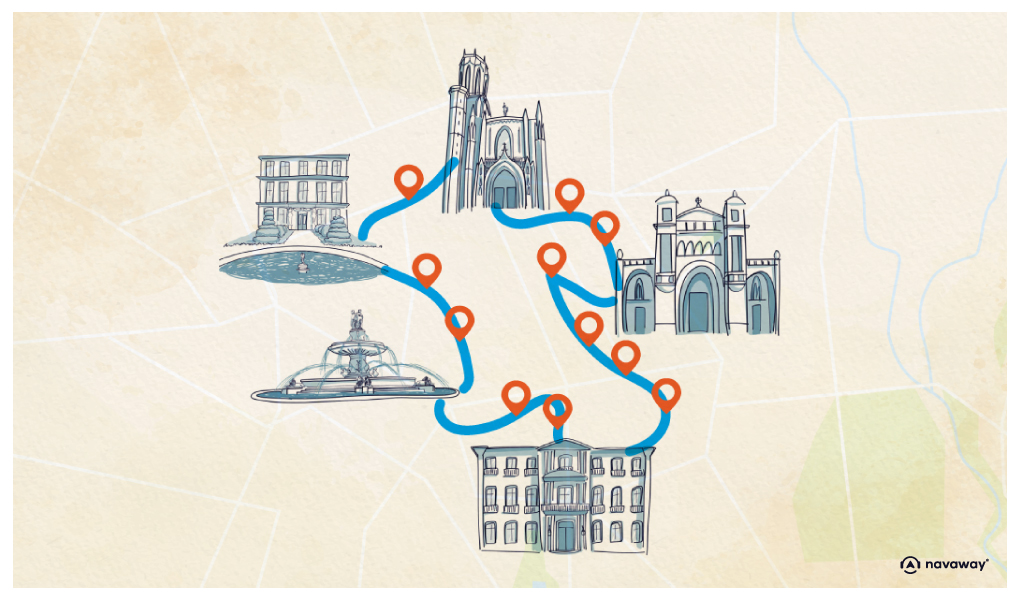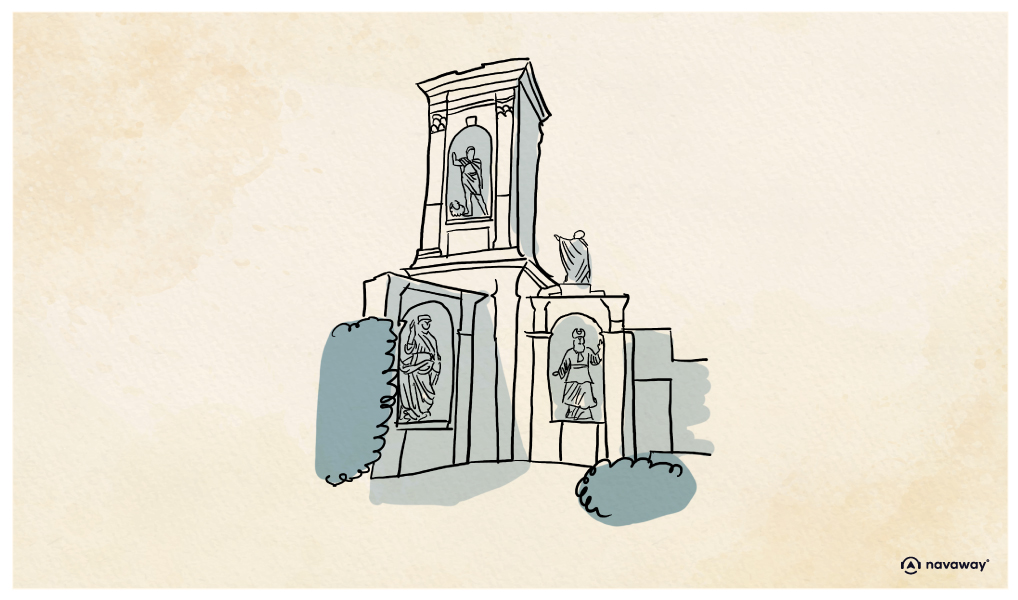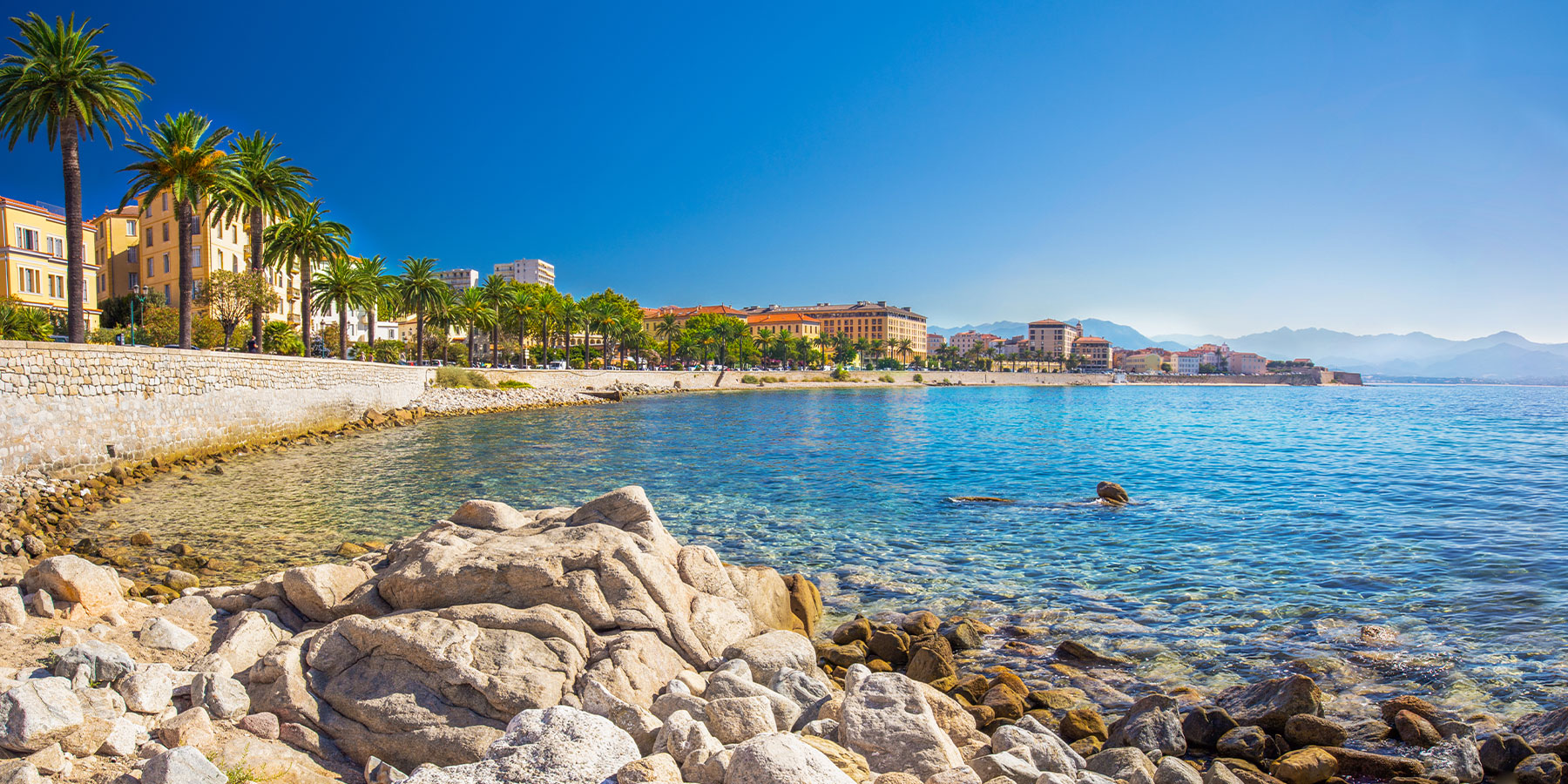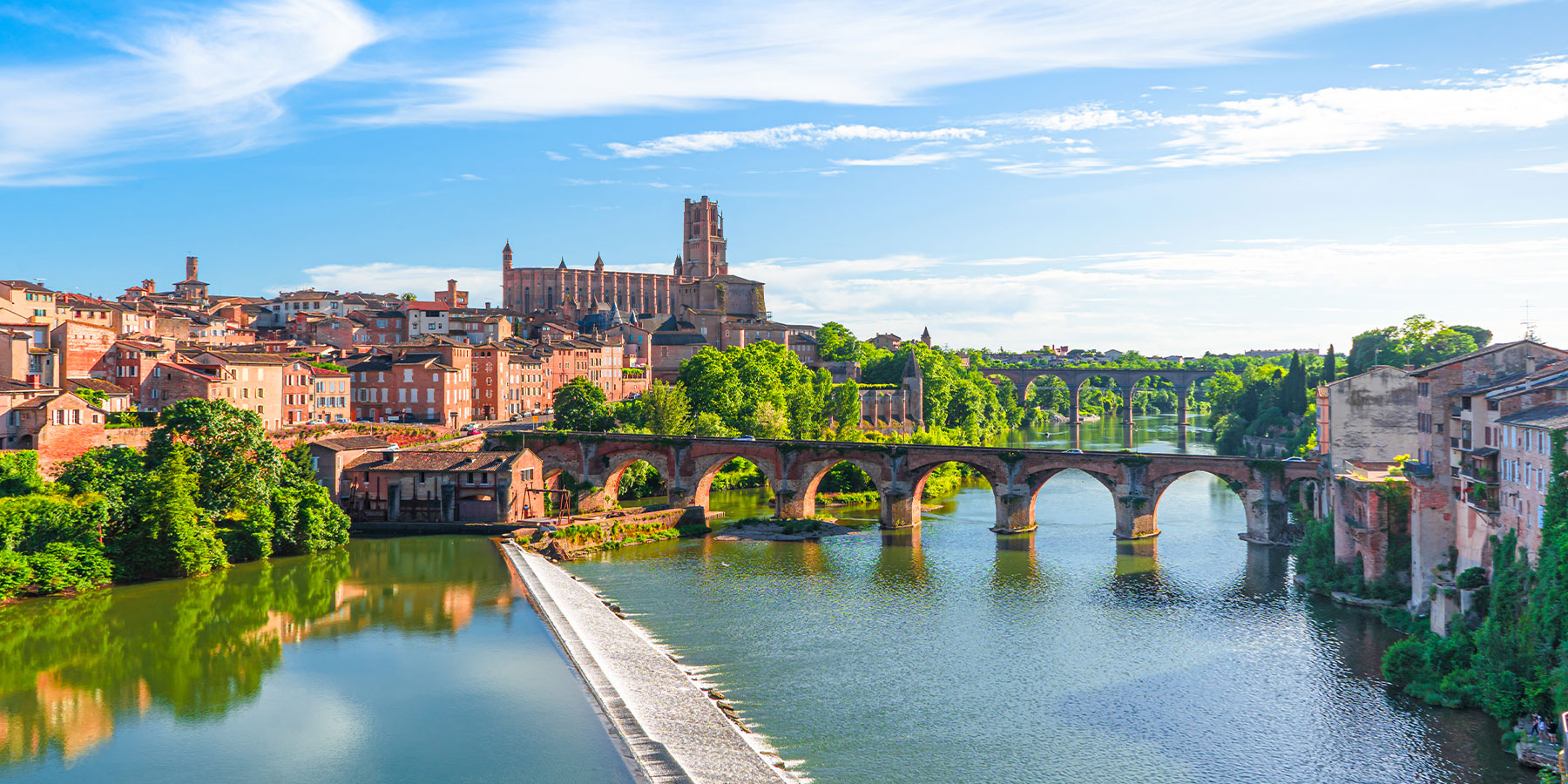
Joseph Sec Monument

This point of interest is available as audio on the tour: Visit Aix-en-Provence, The city of fountains
Just to your right, you’ll see a funerary monument built by Joseph Sec, an 18th-century local bourgeois. He was a Jacobin, a member of the Grey Penitents brotherhood, a wood merchant and a skilled carpenter. He erected this mausoleum in 1792 to remind everyone of the importance of the law. Before you head in, if it’s open, take a moment to admire its façade. The central inscription reads “Monument dedicated to the municipality of the law-abiding city”, followed by the author’s name. There are also two other smaller plaques. The one on the left reads: “Freed from cruel slavery, I have no master but myself. Yet, I choose to use my freedom to obey the law”. The one on the right reads: “As a faithful follower of these admirable laws, given to us by God himself, I feel they are becoming more precious to me with each passing day, and I would rather die than break them”. The monument stands out for its rather revolutionary architecture, featuring decorative elements drawn from the Bible, the New Testament, the French Revolution and even some Freemasonry symbols. Take a closer look at the monument: the statue at the top depicts Themis, the goddess of justice, carrying a set of scales. Below, engraved on the pedestal, you’ll see a portrait of King Louis XVI. Further down, we see a statue of Moses holding the Ten Commandments. He’s flanked by two other allegorical sculptures: the one on the left represents enslaved Africa, seemingly pleading for the law’s protection, and the one on the right represents Europe, a symbol of freedom. If the door is open, feel free to enter and discover the small hidden garden behind the monument. There is a gallery of 7 statues representing figures from the Old Testament; there’s Noah holding bunches of grapes, Moses’ sister Miriam, David victorious over Goliath, Jael, the heroine who saved the tribes of Israel, Solomon, king of the ancient kingdom of Israel, Deborah, prophetess and Israel’s only female judge, and Aaron, Israel’s first high priest and Moses’ spokesperson. These sculptures were crafted from Calissanne stone by Pierre Pavillon. This is a very rare type of monument in France; it is one of the few to have survived the ravages of the Revolution, and it was therefore listed as a historical monument back in 1966. It is thought that Joseph Sec built it to be buried here, but this never happened. Regardless, it stands today as a magnificent monument advocating liberty and equality, right in the heart of Pasteur Avenue.


Discover Aix-en-Provence with app
An interactive guide through the most beautiful streets, squares, and districts
24 fun audioguides full of historical facts, anecdotes, and legends





Comments